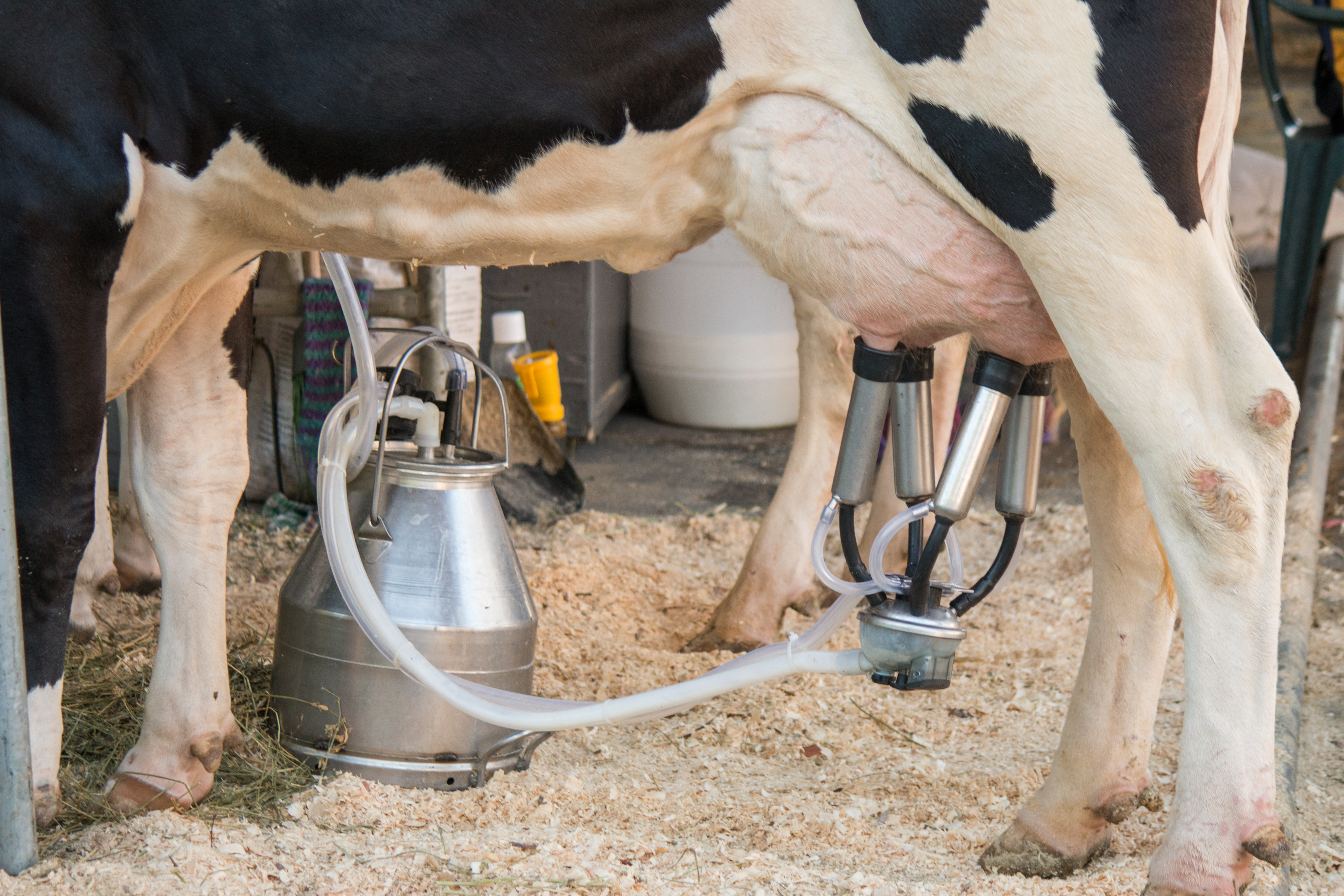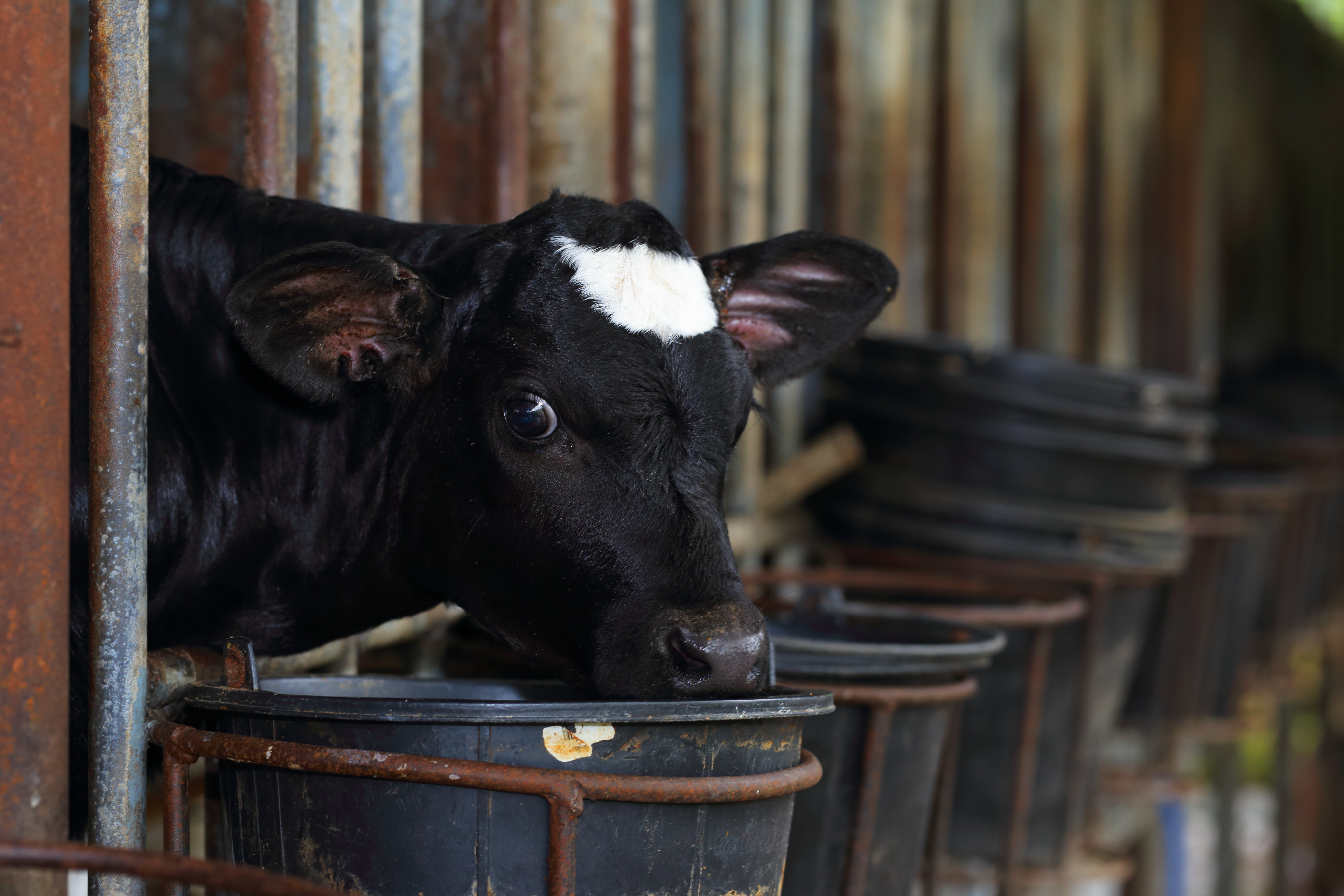Section 1 | Colostrum Management in Dairy Calves
Page 06 /
Continued Feeding of Colostrum or Transition Milk
Recently, there have been several studies that have identified the importance of providing colostrum or transition milk for the first several days of life1.
Transition Milk
Transition milk is the milk that is produced from milkings 2-6 post-calving. Transition milk has higher levels of immunoglobulins, fat, protein, and hormones when compared to typical milk.
When transition milk is fed, it can lead to:
- Improved nutrient absorption
- Higher levels of immunoglobulins in blood
- Reduced signs of respiratory disease

Extended Feeding of Colostrum Replacer
Several studies have demonstrated that providing colostrum replacer for the first 14 days of life can have significant health benefits.
Some of the impacts of feeding 70 g of colostrum replacer are:
- Reduced level of diarrhea
- Fewer antimicrobial treatments
For more information on boosting immunity in calves, visit the Bioactive Feed Additives in the Antimicrobial Stewardship in the Ontario Veal Industry FAAST Review.

References
- M. Conneely, D.P. Berry, J.P. Murphy, I.Lorenz, M.L. Doherty, E. Kennedy. 2014. Effect of feeding colostrum at different volumes and subsequent number of transition milk feeds on the serum immunoglobulin G concentration and health status of dairy calves. J. Dairy Sci., 97:6991-7000.